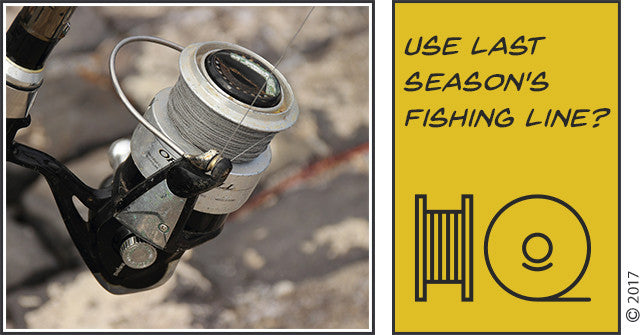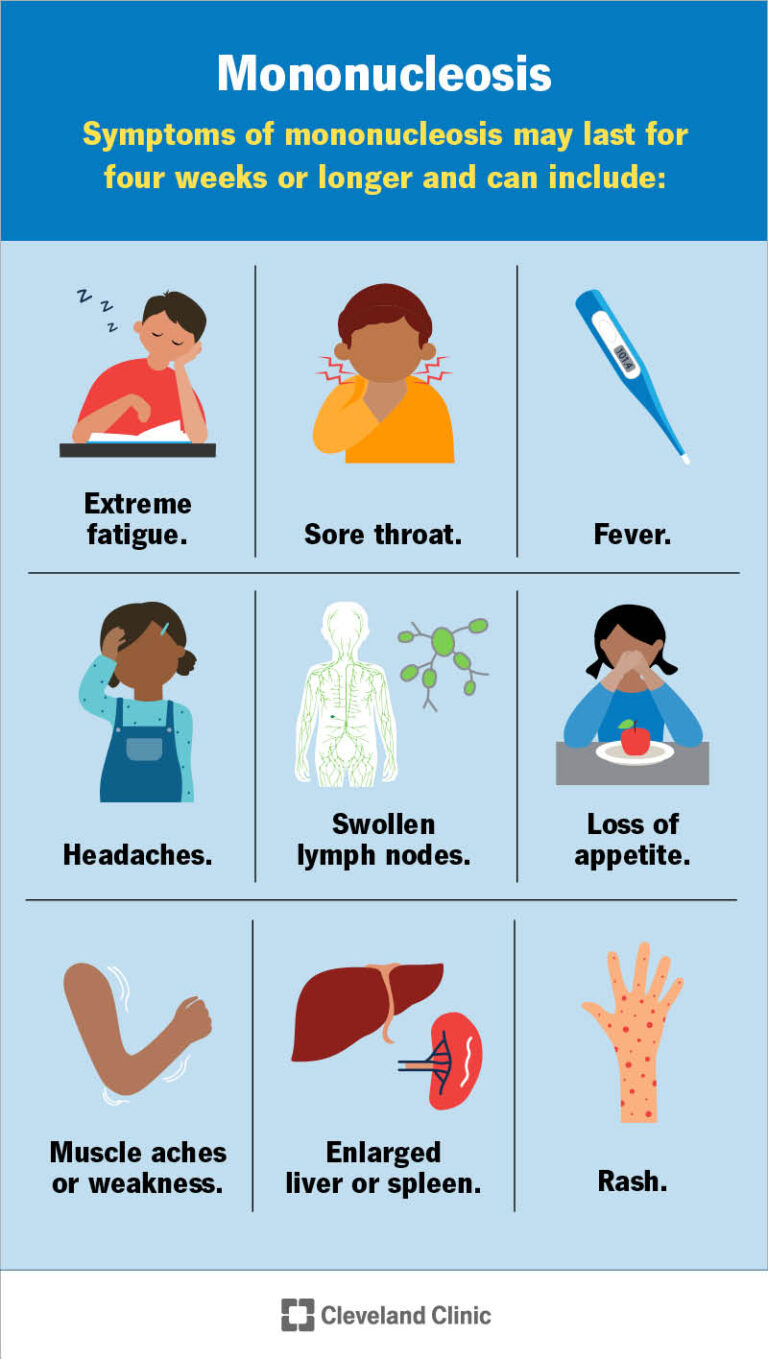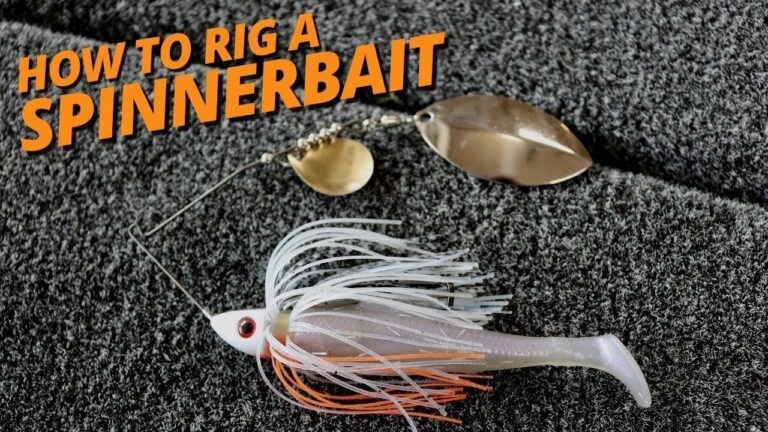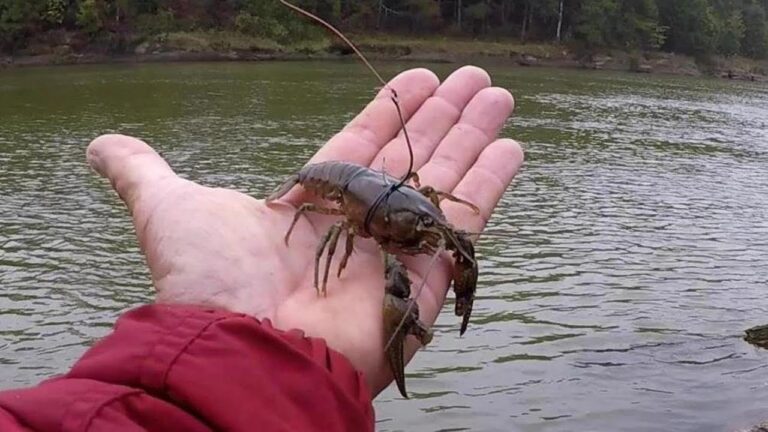Does Fishing Line Go Bad
Fishing line can deteriorate over time. Exposure to elements like sunlight and moisture accelerates this degradation.
Anglers often wonder about the longevity of their fishing gear, and the condition of the fishing line is crucial for a successful outing. Fishing lines are not immune to wear and tear; indeed, they can lose strength and flexibility, impacting performance during fishing.
Various factors contribute to the lifespan of a fishing line: the type of material it’s made from, how often it’s used, and the conditions under which it’s stored. Monofilament lines, for instance, may last around 2-3 years under regular use, while braided lines can last much longer if properly cared for. Proper maintenance, such as keeping the line clean and shielded from UV rays, can help extend its usability. Knowing when to replace your fishing line is an invaluable skill, ensuring that you don’t lose that big catch due to a preventable break.

Credit: tyepro.com
Shelf Life Of Fishing Line
Fishing line shelf life varies based on several key factors. Sunlight exposure can weaken the line due to UV rays. The chemicals in water might also reduce its strength over time. Regular use causes wear, which can affect the line’s integrity. Storage conditions are crucial; extreme temperatures and humidity can hasten deterioration. Each year, it’s wise to inspect your fishing line for signs of wear or damage.
Different line types have distinct lifespans:
| Line Type | Average Lifespan |
|---|---|
| Monofilament | 2-3 years |
| Fluorocarbon | 7-10 years |
| Braided | Indefinitely with proper care |
Always check the line before and after fishing trips. Replace it as needed to ensure the best performance and safety.

Credit: www.pinterest.com
Signs Of A Compromised Fishing Line
Fishing lines can deteriorate over time, affecting their performance. Visible wear and tear on your line might show as fraying or fading. If the line looks fuzzy or has visible nicks, it’s a clear sign it’s time for a replacement. Abrasions from contact with rocks, logs, or even fish can cause these issues.
Another critical issue is the loss of strength and elasticity. Old lines may become brittle and prone to snapping, making a big catch impossible. Always check your line’s elasticity by giving it a gentle stretch. A healthy line should return to its original length without any deformation.
- Check for frays: Run fingers along the line to feel for rough spots.
- Notice color changes: Sunlight exposure can lead to fading.
- Test elasticity: Stretch the line to ensure it snaps back.
The Impact Of Storage Conditions
Fishing line quality can change with temperature and humidity. High temperatures might make lines weak or brittle. Humidity can cause molding or decay which hurts the line. Keep lines in a cool, dry place. Avoid direct sunlight as it can degrade the material.
A good storage spot helps keep the line strong for fishing trips. Use containers that block air and moisture. This will protect the line from bad effects of weather.
The Role Of Maintenance
To ensure a long-lasting fishing line, a regular inspection routine is vital. Look for any signs of fraying or kinks. Detecting issues early can save your fishing line from snapping. Avoid tangled lines; they are a hint that your line may need attention.
Don’t forget the cleaning and conditioning of your fishing line. After each use, clean the line with fresh water. It will remove salt and dirt that can damage the line over time. Apply a line conditioner or a mild detergent; it helps keep the line flexible and strong.
Time To Replace Your Fishing Line
Fishing line can degrade over time, impacting performance. Anglers should assess their line before each fishing trip. Experts suggest changing lines at least once a year. For those who fish frequently, replacing every 2-3 months may be necessary. Environmental factors like UV rays, saltwater, and high friction can shorten a line’s lifespan.
Investing in a higher-quality line could mean fewer replacements. Look for lines with UV resistance or those made for harsh conditions. Quality lines can handle the stress of catching big fish and resist the damaging effects of the environment. Applying proper line care can extend longevity too.
| Type of Line | Replacement Frequency |
|---|---|
| Braided | 4-6 months |
| Fluorocarbon | 7-12 months |
| Monofilament | 3-6 months |

Credit: www.pinterest.com
Frequently Asked Questions On Does Fishing Line Go Bad
How Long Will A Fishing Line Last?
A fishing line typically lasts about 2 to 3 years. Regular checks for wear and proper storage can extend its lifespan.
How Often Should I Replace Fishing Line?
Replace monofilament fishing line at least once a year. For braid and fluorocarbon lines, change every two years. Always inspect your lines regularly for wear and tear, and replace as needed to ensure strength and reliability.
How Do I Know If My Fishing Line Is Good?
To determine if your fishing line is still good, check for any frays, nicks, or memory coils. Ensure it remains clear, supple, and strong when you pull on it. Replace the line if it shows signs of wear or weakness.
Does Fishing Line Lose Its Strength?
Yes, fishing line can lose its strength over time due to factors like exposure to sunlight, water, and repeated use which cause it to degrade.
Conclusion
Wrapping up, it’s clear that fishing line durability isn’t indefinite. Proper care can extend its life, yet environmental factors and usage will eventually take their toll. Remember, regularly checking and replacing your line ensures peak performance and prevents the one that got away.
Stay mindful of your fishing gear’s lifespan for a successful catch every time.



